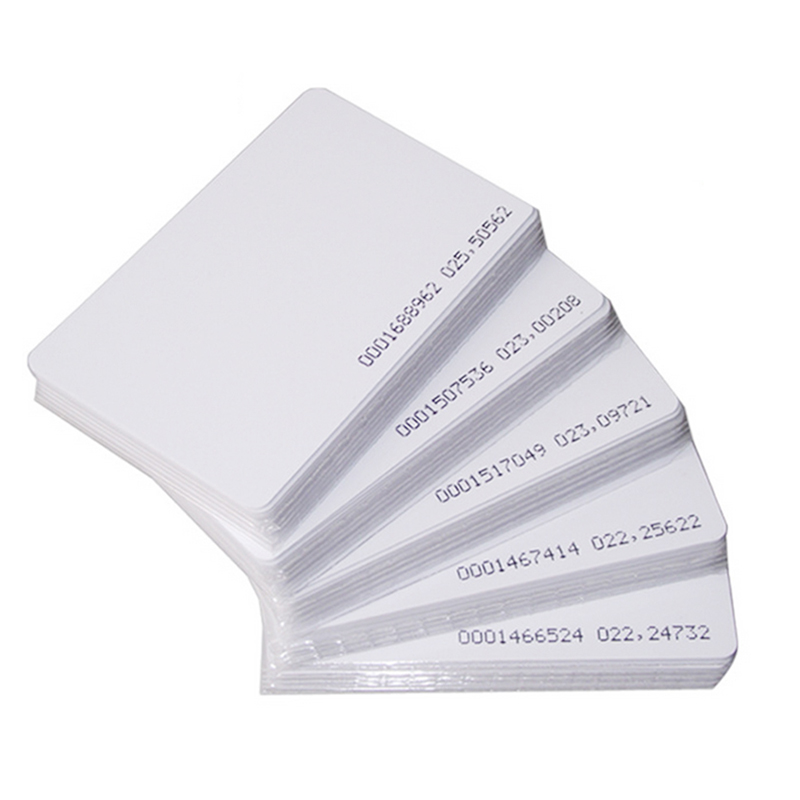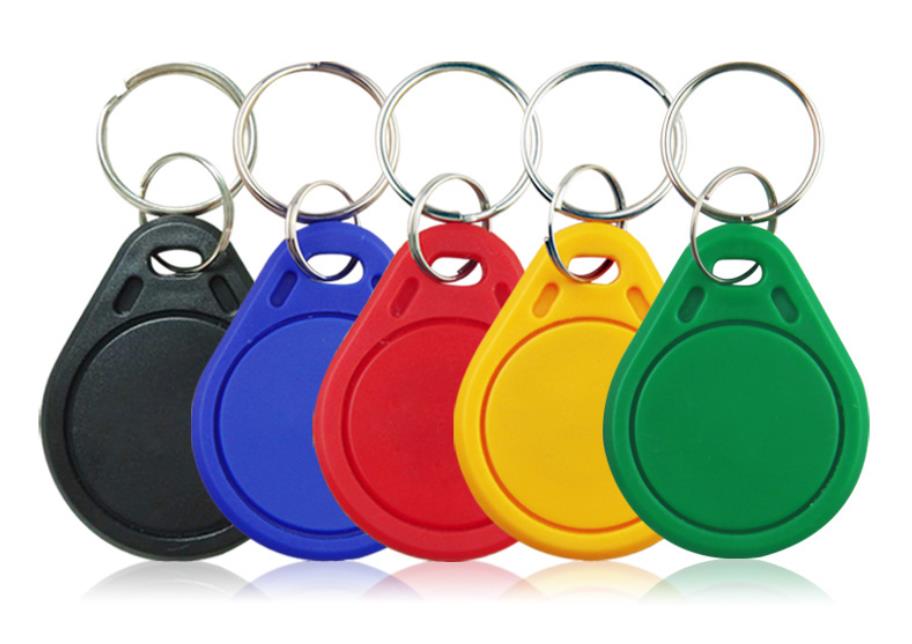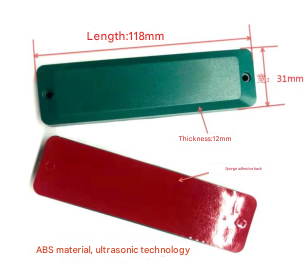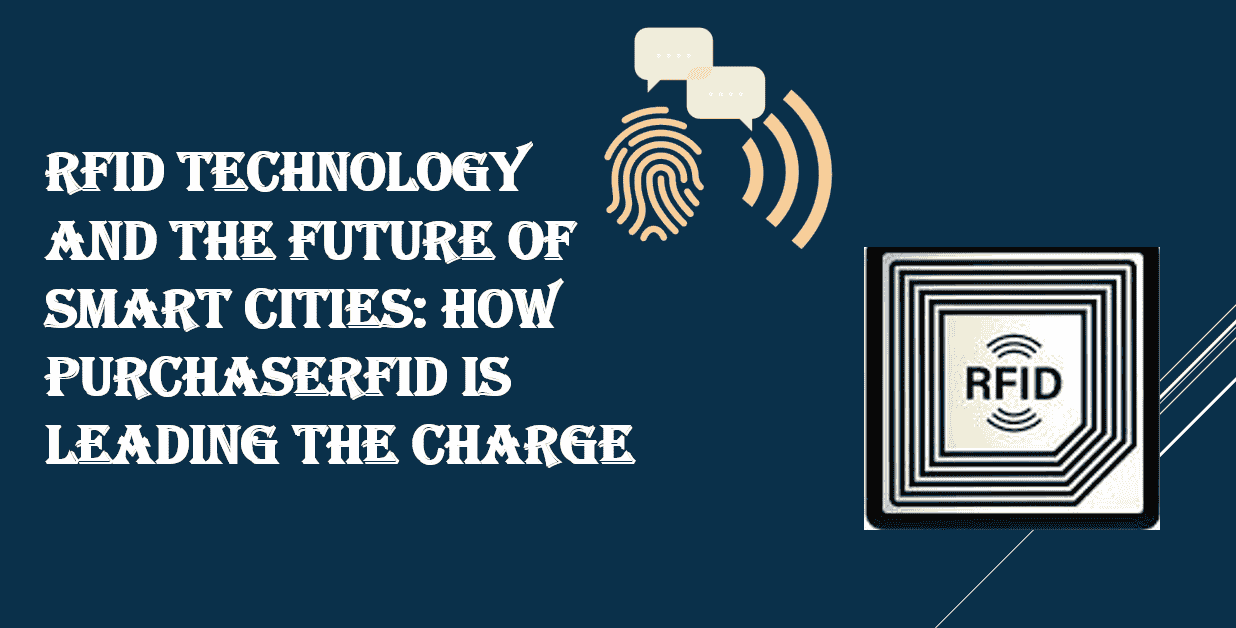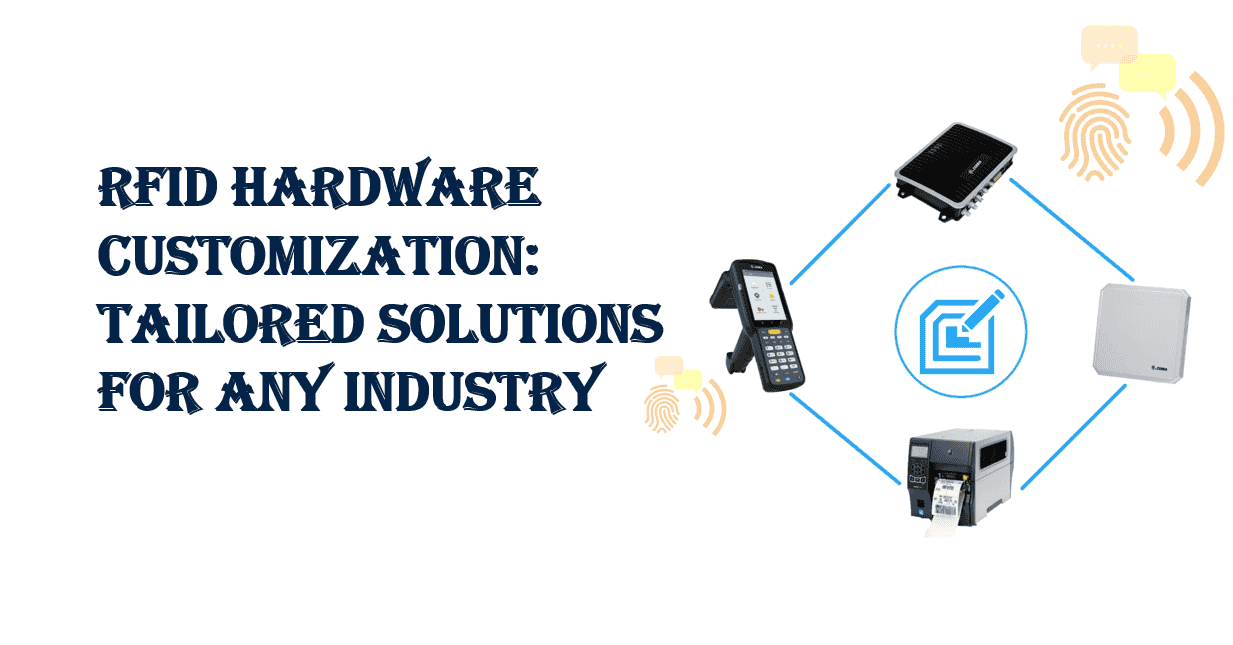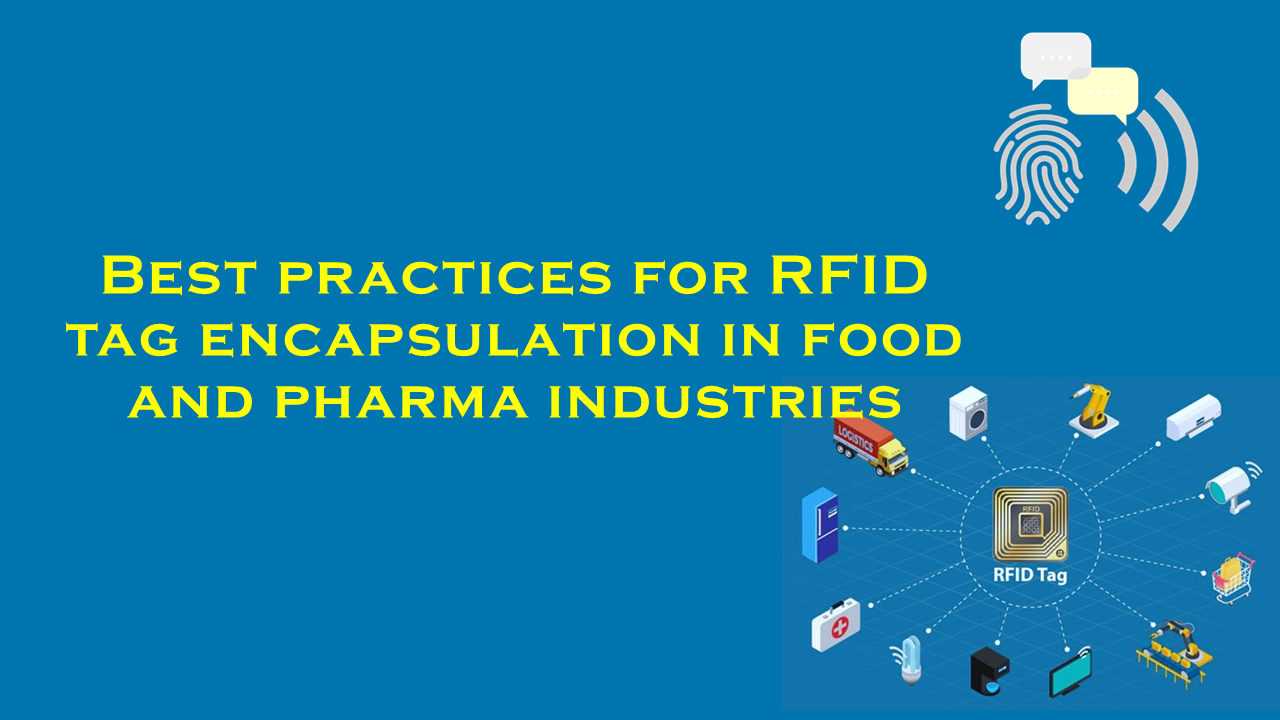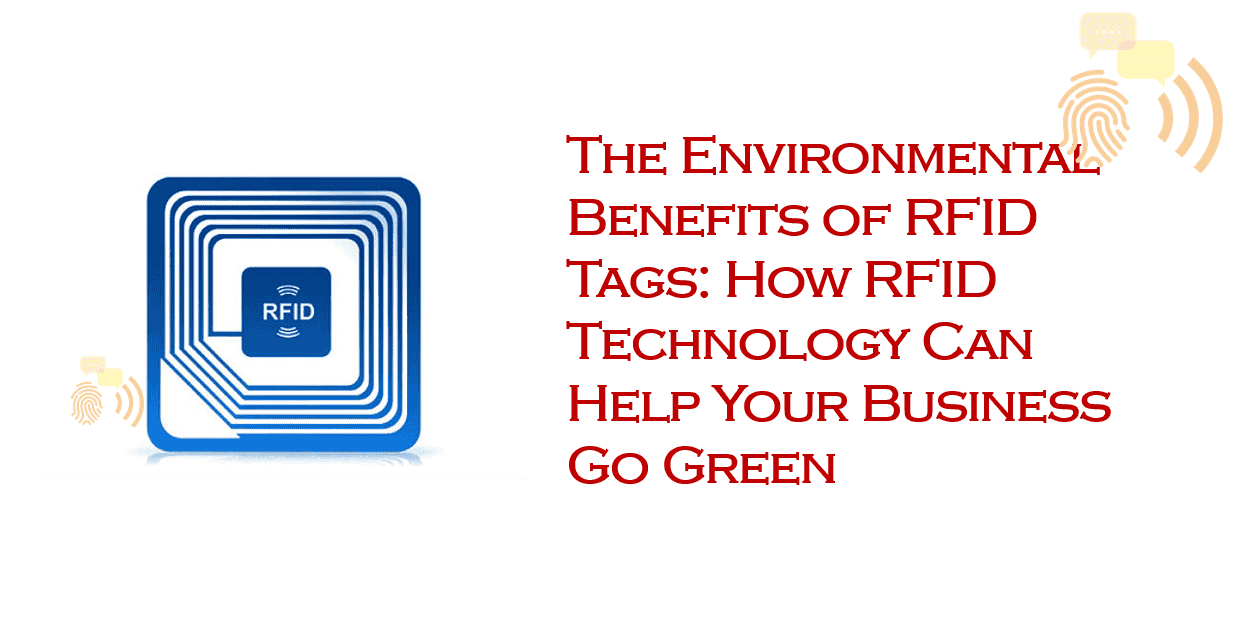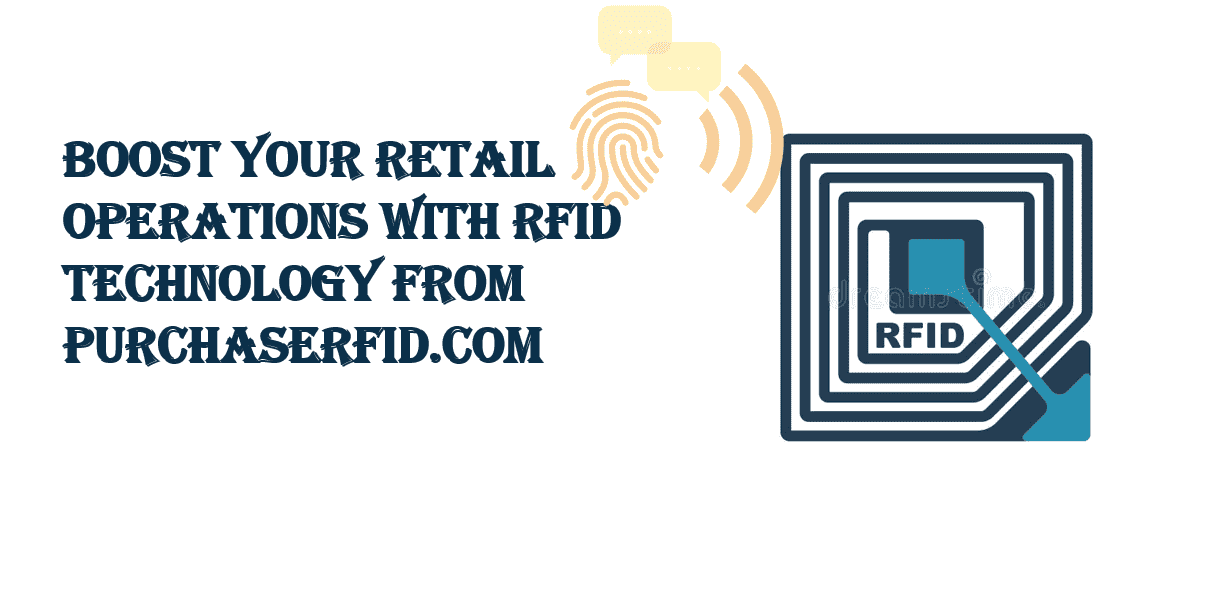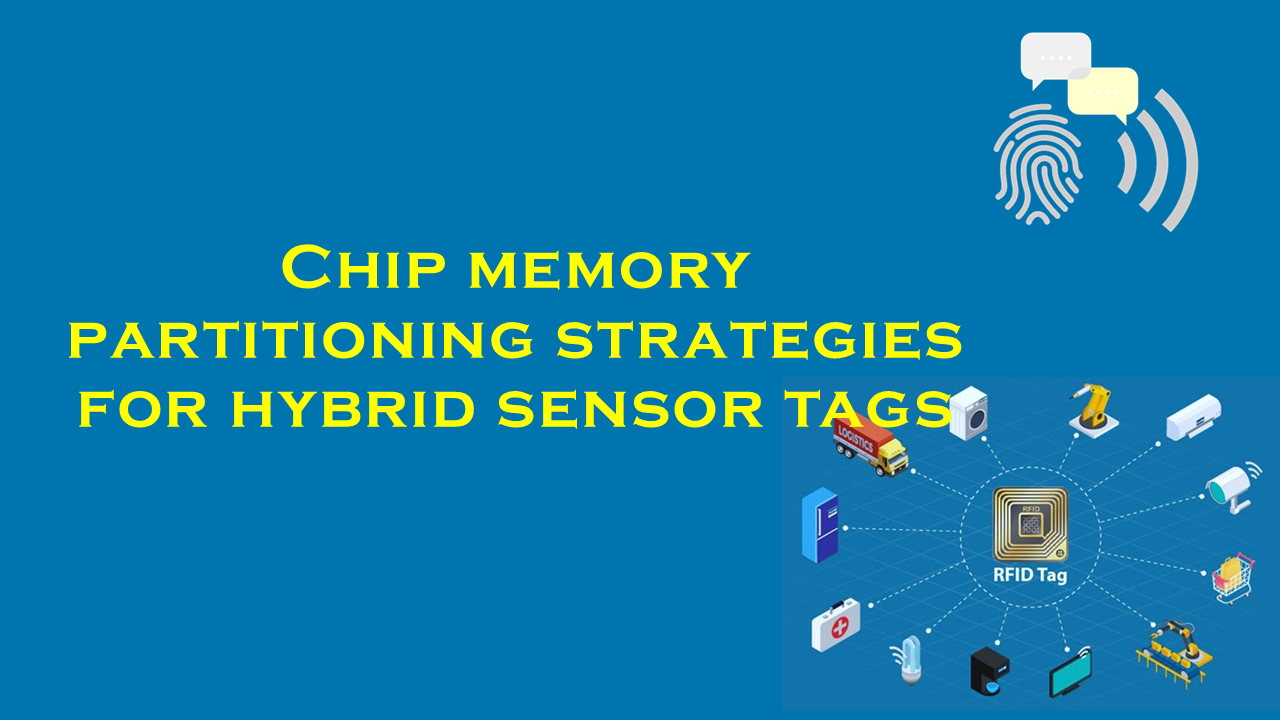RFID vs QR codes in product authentication and counterfeit prevention
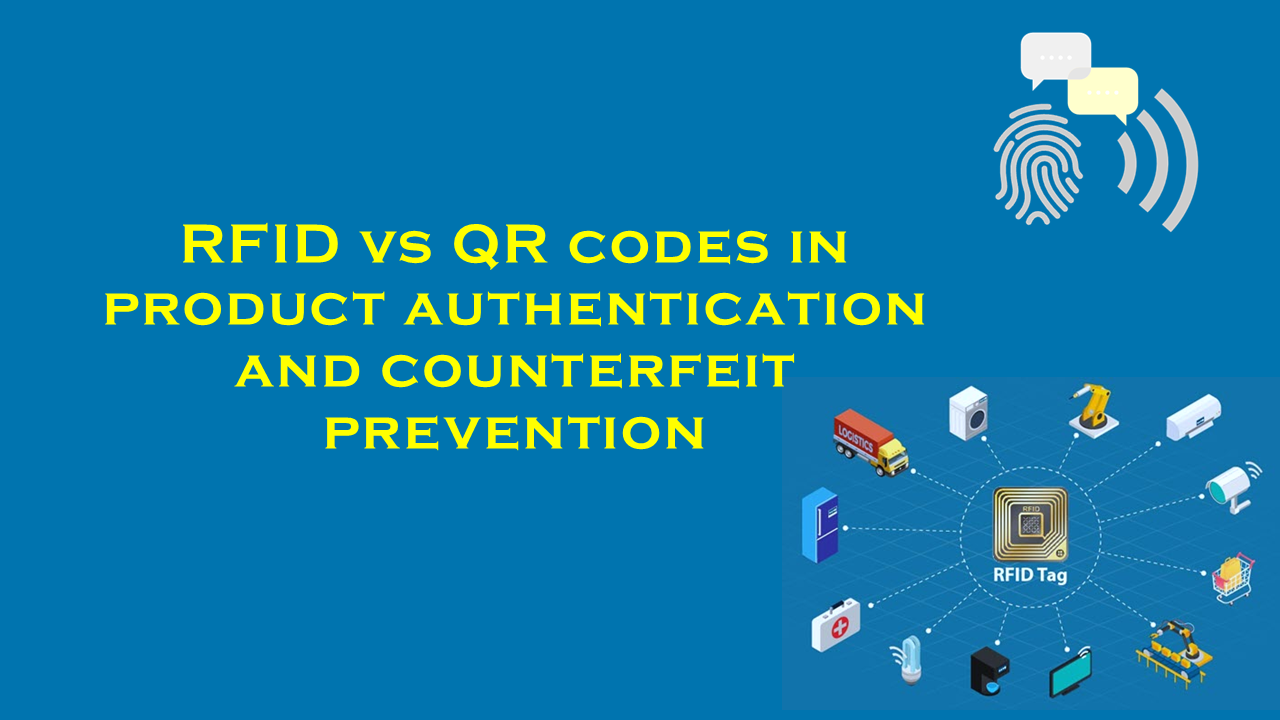
RFID vs. QR Codes in Product Authentication and Counterfeit Prevention
Introduction
The global marketplace faces an escalating challenge: counterfeit goods. The Organisation for Economic Co-operation and Development (OECD) estimates that counterfeit products accounted for 3.3% of world trade in 2019, amounting to $509 billion annually. These illicit goods not only harm brand reputations but also pose risks to consumer safety, particularly in sectors like pharmaceuticals and electronics. To combat this, two technologies have emerged as frontline solutions: Radio-Frequency Identification (RFID) and Quick Response (QR) codes. This article explores their roles in product authentication, evaluates their strengths and limitations, and highlights Purchaserfid.com, a leading supplier of RFID solutions, in this context.
Understanding RFID Technology
How It Works
RFID uses electromagnetic fields to automatically identify and track tags attached to objects. Each tag contains a microchip and antenna, transmitting data to RFID readers via radio waves. Unlike barcodes, RFID does not require line-of-sight scanning, enabling bulk detection from distances up to 12 meters (for UHF systems).
Applications in Authentication
RFID tags store unique serial numbers and encrypted data, making them ideal for high-value industries like luxury goods, pharmaceuticals, and electronics. For instance, luxury brands embed RFID tags in products to track supply chains and verify authenticity at retail checkpoints.
Advantages
- Range & Speed: Hundreds of tags can be scanned simultaneously, enhancing logistics efficiency.
- Data Capacity: Tags store up to 8KB of data, allowing for detailed product histories.
- Security: Advanced encryption and tamper-evident designs deter replication.
Limitations
- Cost: RFID tags ($0.10–$50 per tag) are costlier than QR codes, though bulk use reduces prices.
- Infrastructure: Requires investment in readers and software.
Statistics
- The RFID market, valued at $13.4 billion in 2022, is projected to grow at 11.9% CAGR through 2030 (Grand View Research).
- Companies using RFID report up to a 50% reduction in counterfeit incidents (Auburn University, 2021).
Understanding QR Code Technology
How It Works
QR codes are two-dimensional barcodes scanned via smartphone cameras or dedicated scanners. They store data vertically and horizontally, linking users to URLs, text, or databases.
Applications in Authentication
Brands print QR codes on packaging to provide transparency. Consumers scan codes to access verification portals, batch numbers, or blockchain-based histories. For example, in China, 70% of consumers use QR codes to verify food authenticity (Alibaba, 2022).
Advantages
- Cost-Effective: QR codes cost less than $0.01 per unit.
- Accessibility: No specialized hardware needed; smartphones suffice.
- Flexibility: Codes can be dynamically updated to reflect real-time data.
Limitations
- Line-of-Sight: Requires direct scanning, slowing bulk processing.
- Security Risks: Static codes can be copied, though dynamic QR with blockchain integration mitigates this.
Statistics
- QR code scans surged during COVID-19, with 89 million U.S. users in 2022 (Statista).
- 83% of consumers trust QR codes for product information (MobileIron, 2021).
Comparative Analysis
| Factor | RFID | QR Codes |
|---|---|---|
| Cost | Higher upfront costs | Low-cost, scalable |
| Security | Encrypted, tamper-proof | Prone to cloning without encryption |
| Scanning | Bulk, remote scanning | Line-of-sight required |
| Data Capacity | Up to 8KB | Up to 3KB |
| Integration | IoT, blockchain compatible | Easily paired with mobile apps |
Industries Served
- RFID: Pharmaceuticals (e.g., Pfizer’s anti-counterfeit tags), luxury (e.g., LVMH), retail.
- QR Codes: Consumer goods (Unilever), food & beverage (Walmart’s produce tracking).
Purchaserfid.com: Leading the RFID Revolution
Purchaserfid.com has established itself as a global leader in RFID solutions, offering end-to-end systems for anti-counterfeiting and supply chain visibility.
Products & Services
- High-Memory RFID Tags: Store extensive product data, including origin and distribution history.
- Customized Readers: Handheld and fixed readers for retail and warehouse environments.
- Cloud-Based Analytics: Real-time tracking and alerts for suspicious activities.
Case Studies
A partnership with a European pharmaceutical company reduced counterfeit drug incidents by 65% using Purchaserfid.com’s tamper-evident RFID labels. In luxury retail, a client reported a 40% increase in traceability efficiency.
Market Presence
Serving over 500 enterprises globally, Purchaserfid.com holds a 15% share in the RFID authentication sector. Their solutions align with GS1 standards, ensuring interoperability across industries.
Future Trends & Conclusion
The rise of IoT and blockchain will further integrate RFID and QR codes. While RFID excels in automation and security for high-value sectors, QR codes democratize access for SMEs and everyday consumers. Hybrid models, such as RFID tags with QR backups, offer layered security.
For enterprises prioritizing scalability and real-time data, RFID solutions from Purchaserfid.com provide a robust defense against counterfeiting. Meanwhile, QR codes remain indispensable for cost-sensitive, consumer-driven markets.
In the arms race against counterfeiters, combining technological innovation with strategic partnerships—like those offered by Purchaserfid.com—will define the future of product authentication.
Word Count: 1,000
